The History of Bathroom & Toilet
There was a time when the bathroom was a luxury. Also for many years these places were located in cold and unattractive areas, where one did not spend much time. Our relationship with the bathroom definitely changed, thanks in part to proper detritus drainage and heating. It is no longer just a place for hygiene, but a space for recuperation and rest, a symbol of private luxury. This is the story of the bathroom
 The History of Toilet
The History of Toilet
It is not just the availability of heating and hot water that has changed our relationship with the bathroom. Changes in the lifestyle of the population have also influenced. Especially in cities, the routine has accelerated, and the consumption of products related to beauty and well-being is common
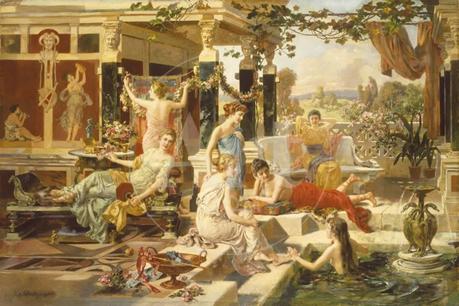
Personal grooming is not just a necessity, but a way to create a personal brand. The bathroom is that sanctuary where, in addition, we can relax and spend some time alone, fleeing from the madding crowd, a haven of peace in the midst of all the hustle and bustle.
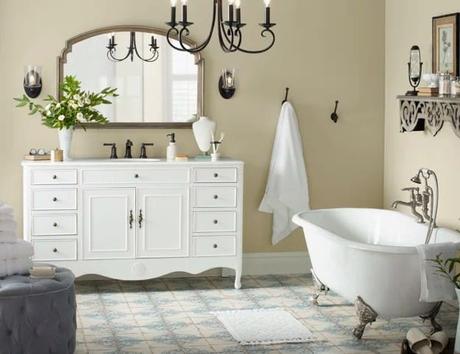
The bathroom and bathtub are usually in that corner of the house designed especially for it. But this was not always the case, since the first toilets were located far from the houses. Archaeological evidence suggests that the first baths made their appearance around 3,000 BC.
How were the toilets in ancient Greece?
The Minoans on the island of Crete in the Mediterranean used the flushable toilet, though only for the elite. The earliest known example was in the palace at Knossos, says Georgios Antoniou, a Greek architect who has studied ancient sanitation in that country. Water was used to flush toilet waste into the palace’s sewage system.
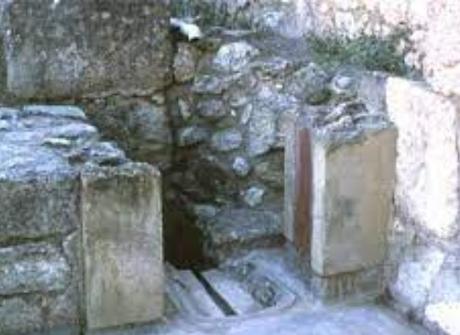
In the first millennium a. C., the ancient Greeks of the classical period and, especially, of the later Hellenistic period developed large-scale public latrines, basically large rooms with benches connected to drainage systems, and installed toilets in ordinary middle-class houses.

How were the bathrooms and toilets in ancient Rome?
The inhabitants of ancient Rome were famous, among other things, for their love of baths and hygiene. The capital of the Roman Republic was the first in which its citizens had running water in their homes and public fountains to which a series of aqueducts supplied running water. To know and admire Roman customs, we have dozens of examples among the most famous ruins: the Baths of Caracalla (Italy) and the city of Bath (England)
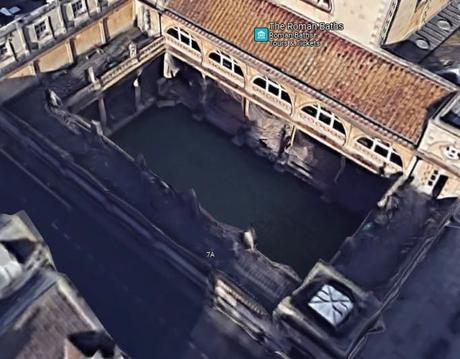
There is also the recently discovered Ostia Antica, a Spa with dozens of spas on the beaches closest to Rome. Well known is the ritual of the Roman bath that, in addition to its inherent prophylactic and purifying function. It also served as a meeting place where citizens used to socialize.
Public toilet facilities (Foricae)
Public toilet facilities (foricae) were exactly that: public. Not only because the entrance was open to any citizen, but because once inside, the physiological needs of senators, soldiers, merchants or artisans were made in full view of all those present.

Without any kind of modesty, and without separating walls or screens between the toilets. primitives sculpted in stone, marble or wood. The sight of this public toilet, (at the present time it would be deeply unpleasant), for the ancient Romans, was nothing more than the combination of a physiological need with a social one.
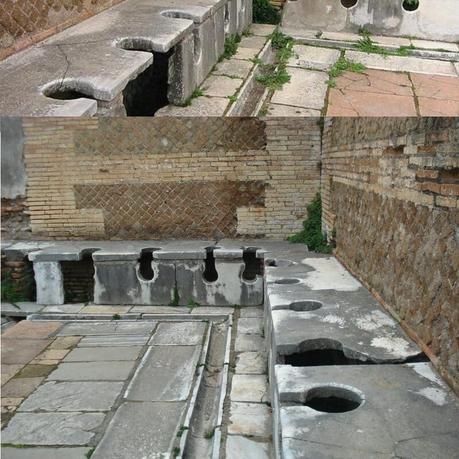
They built them for the poor, the soldiers when they were in the city and the slaves, but not because they would take pity on the lower classes, but they did it so that the city would stay clean. In Roman baths it was common practice to leave the name of the benefactor who had paid for the construction of the bath engraved on the stone. But on the walls of the rooms where the toilets were located, it never appears who was the one who ordered its construction, probably because no one in Rome wanted to be associated with toilets and their specific function.

Roman public toilets had low ceilings and small windows that let in little light, and the floors and seats were often dirty. The facilities were so unwelcoming that the empire’s elite only used them under great duress. Upper-class Romans, who sometimes paid for foricae to be erected, generally never frequented them. They had their facilities in their homes and farms
Ancient Roman Private Toilets
The private toilets of the upper classes were different from the public ones. In residences, the toilets were often located in or near the kitchens, which was practical because they were also used to dispose of food scraps. Although people flushed toilets with buckets of water, toilets were rarely connected to sewers. When the pits were filled, they were probably emptied, either into gardens or fields outside the city.

How did the ancient Romans clean themselves if toilet paper did not exist?
They sanitized themselves with a tool called a tersorium or xylospongium -literally, “sponge on a stick”
Very striking, it was the method that users of public toilets used to wipe their butts. In the absence of toilet paper, the instrument in question was a wooden stick with a sponge (literally marine) tied to one end, or a cloth or fluff from some animal.
In the pictures, you can see the channels where clean water ran right in front of the seats to wash the sponges after each use. The sponges were also public, although we rule out that such clean people would each carry their own.
Regarding the tersorium, the philosopher Seneca tells a lurid anecdote in one of his letters: a 1st-century gladiator, in the middle of an exhibition in the amphitheater, used this utensil to end his life before combat, putting it in his mouth until drowning.

Roman Public Bathroon facilities
History of Bathroom: Roman baths had hot and cold zones, towels, steam rooms, saunas, exercise rooms, and beauty salons. They had reading rooms and libraries since the freeborn, who had the right to frequent baths, could read and write. Children were not allowed.

Modern spas resembled Roman baths. The Romans raised bathing to a high art as they socialized in these common baths. The importance of baths to the Romans was such that a catalog of buildings in Rome from 354 AD documented 952 baths of varying sizes in the city.
Today, the extent of the Roman baths is revealed in ruins and archaeological excavations in Europe, Africa, and the Middle East.
Baths in ancient Rome were a social activity?
Roman baths were one of the most common daily activities in Roman culture, and were practiced by all social classes. Contemporary cultures see bathing as a private activity performed at home, bathing in ancient Rome was a social and communal activity.

Roman baths in the likeness of Greek baths
Let’s talk about Greece first. The Greeks formed the basis of modern spa procedures. These Aegean people used small tubs, sinks, and foot baths for personal cleansing.
The Romans followed many of the practices of the Greek baths, and surpassed them in the size of their baths. As in Greece, the Roman baths became a focal point for social and recreational activity. As the Roman Empire expanded, the idea of public toilets spread to all parts of the Mediterranean and to regions of Europe and North Africa. With the construction of the aqueducts, the Romans had enough water not only for domestic, agricultural and industrial uses, but also for their leisure activities.

What were the Roman baths like?
Roman baths had different sizes, layouts, and decorations. To accommodate this ritual, all Roman bathhouses contained a series of rooms that were progressively heated. Most contained an apodyterium, a room just inside the entrance where the bather kept his clothing. Next, the bather proceeded to the frigidarium (cold bath) with its cold water tank, the tepidarium (warm bath), and finally the caldarium (hot bath).

The caldarium, heated by a brazier under the hollow floor, contained basins of cold water that the bather could use to cool down. After taking this series of baths, the bather returned to the cooler tepidarium for a massage with oils and a final scraping with metal implements. Some baths also contained a laconium (a dry, resting room) where the bather completed the process by resting and sweating.
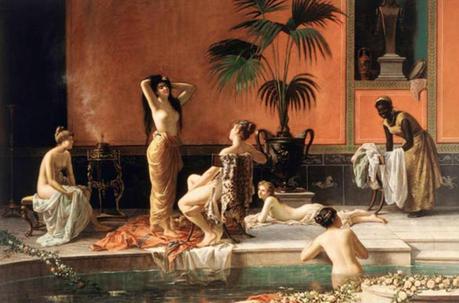
How many people entered an ancient Roman bath?
The largest of these, the Baths of Diocletian, could hold up to 3,000 bathers. After working all morning, most Romans enjoyed spending the afternoon in the thermal baths, or public baths. They were a social meeting place. Men and women liked to go to the baths not only to clean themselves, but also to meet friends, exercise, or read in the library.
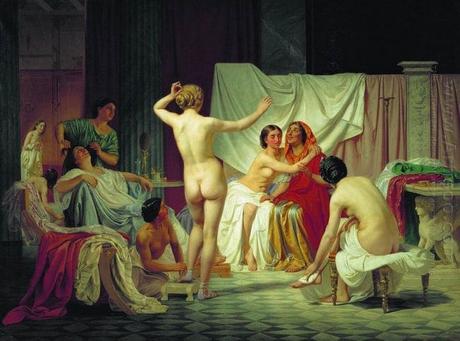
What are the Roman baths hours?
Generally open around lunchtime and open until dark, the baths were accessible to everyone, rich and poor alike.
What was the entrance fee in a Roman Bath?
In the reign of Diocletian, for example, the entrance fee was as low as two denarii, the smallest denomination of bronze coins. Sometimes, on occasions like holidays, the entrance to the baths was even free
The entrance fees for the Roman baths were quite reasonable, well within the budget of most free Roman men
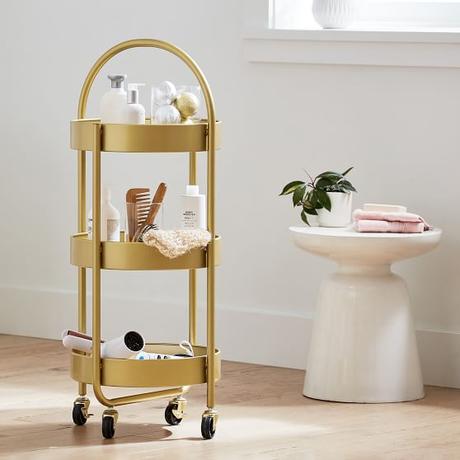
How was public sanitation in the middle ages?
Despite the great advances made during the Roman Empire, in the Middle Ages many of the advances made in terms of sanitation were left aside. In some cases they were even destroyed or fell into oblivion.

Bathrooms and toilets in Middle Ages
In the Middle Ages, public toilets were built in cities, located near rivers, with the aim of inconveniencing the population as little as possible. Detritus, the needs made by the population, were also quickly available. However, this system could be dangerous for citizens, who could fall into the river.
How were the toilets and latrines in the middle ages?
Being able to relieve oneself in medieval times would be unbearable for a modern person. First, the nobles had small latrines stationed in the walls of the castles, the toilet had a hole that opened directly into the void. In this way, the resulting organic matter fell or remained muddy on the castle wall, which was tried to be washed from time to time.

In some castles in England, such as Peveril, in the county of Derbyshire, we can see a small room that protrudes from the structure and is known as a “Garderrobe”. This is where the feudal lord made his physiological needs. In the image we can see a small hole at the base of the dependency, through which the detritus carried from the toilet was poured
For the lower classes there were the usual chamber pots that one filled when needed and emptied in the street shouting water goes to alert anyone who was passing through the street and did not end up bathed in sewage. This practice lasted several centuries. Some homes also developed septic tanks to accumulate the waste resulting from the toilet. Since they weren’t cleaned that often, the smell was unbearable.

Only a few large cities such as Paris or Rome preserved sewage structures, but the usual resource to remove wastewater in the Middle Ages was cesspools, especially in those places where there was no river course nearby. These were no longer well-shaped holes with perforated walls that received the discharge of wastewater. The most liquid part filtered into the ground, while the solid part decomposed over time and due to the action of bacteria.

How did they bathe in the middle ages?
It was very unusual to bathe in those times. People could go months or years without doing it. There were public toilets, but since it was too expensive to heat the water, whole families often shared the same water. That was for noble and upper class families. The poor and less well-off classes did so in the waters of the river, whether the water was cold or not. Even so, it was not an everyday practice. To hide the odors, the richest used essences and the poorest used flowers.
In Al-Andalus (Spain), the hammam was a public and religious building where people went not only to wash, but also to get a haircut or massage.
How was dental hygiene in the middle ages?
In the Middle Ages they took great care of their teeth, cleaning them with pieces of cloth and rosemary ashes. They took these measures because if a tooth rotted it would have to be extracted. That was quite painful, as there were no anesthetics. In addition, there were no dentures, so the image of people would be affected. Also the loss of the dental piece for life.

Modern Ages
In the 16th century private baths began to appear in Britain, although for about two centuries many of the rituals we perform in that part of the house today used to take place in the bedroom.
History of Bidet

related Post
The Post The History of Bathroom are published first on Love Decorate.. The Author is Love decorate - Love Decorate - .
